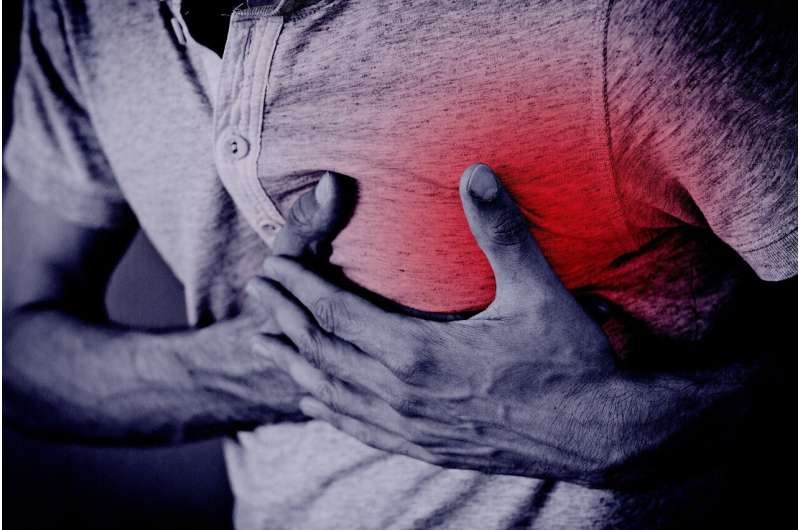Reduced Use of Rescue Breaths in Pediatric CPR During COVID-19 Associated with Increased Child Mortality

The decline in rescue breathing CPR during COVID-19 has been linked to increased child mortality, highlighting the importance of proper pediatric resuscitation training and safety tools.
The COVID-19 pandemic has brought significant changes to emergency response protocols, notably affecting pediatric cardiopulmonary resuscitation (CPR). Traditionally, successful out-of-hospital cardiac arrest (OHCA) in children relies heavily on both chest compressions and rescue breaths, especially since many cases stem from breathing emergencies like drowning, choking, or illness. However, fears of infection led to a shift towards chest compression-only CPR (CO-CPR) during the pandemic, reducing the frequency of rescue breathing efforts.
A comprehensive study led by Dr. Takafumi Obara from Okayama University analyzed data from Japan's national pediatric OHCA registry between 2017 and 2021. The researchers compared CPR interventions administered before the pandemic (2017-2019) and during it (2020-2021). Their findings revealed a notable decline in rescue breathing: the share of children receiving rescue breaths decreased from 33.0% pre-pandemic to just 21.1% during the pandemic, with an accompanying increase in the use of chest compression-only CPR.
This shift had serious consequences. Children who received only chest compressions were found to have a higher likelihood of death within 30 days of the arrest, especially in cases caused by non-cardiac reasons like drowning or choking. The study estimates that this decline in rescue breathing may have contributed to approximately 10.7 additional pediatric deaths annually during the pandemic.
According to Dr. Obara, pediatric cardiac arrest is a critical issue that impacts society as a whole. He emphasizes that over ten children per year might have unnecessarily lost their lives due to the avoidance of rescue breaths during emergencies. The findings underscore the importance of public education on effective pediatric CPR, including rescue breathing, and the need for accessible protective tools like pocket masks to ensure safe and effective resuscitation efforts.
Overall, this research highlights the crucial role of rescue breathing in pediatric emergencies and suggests that public health initiatives should focus on reinforcing proper CPR techniques. Ensuring confidence and safety while performing rescue breathing could prevent avoidable deaths and save many young lives, even amid ongoing health crises.
For more detailed insights, see the full study published in the journal Resuscitation (doi:10.1016/j.resuscitation.2025.110706).
Stay Updated with Mia's Feed
Get the latest health & wellness insights delivered straight to your inbox.
Related Articles
New Insights into Treatment Resistance in ER+ Breast Cancer: The Role of the JNK Pathway
A new study uncovers how inactivation of the JNK pathway enables ER+ breast cancer cells to evade treatment, offering potential for targeted therapies and improved patient outcomes.
Effective Strategies for Communicating with Loved Ones About a Head and Neck Cancer Diagnosis
Learn effective strategies to communicate openly and supportively with loved ones after a head and neck cancer diagnosis. Practical tips include understanding your diagnosis, deciding who to inform, and seeking support resources to navigate this challenging time.
High Incidence of Cognitive Dysfunction in Survivors of Cardiogenic Shock
Studies show that nearly two-thirds of cardiogenic shock survivors experience new cognitive impairments within three months after hospital discharge. Early screening and neuropsychological support are crucial for improving long-term outcomes.
Artificial Intelligence Predictions on Long-Term Concussions in Student Athletes
University of Michigan researchers utilize AI to predict long-term health impacts of concussions on college athletes, emphasizing early assessments over injury frequency.



